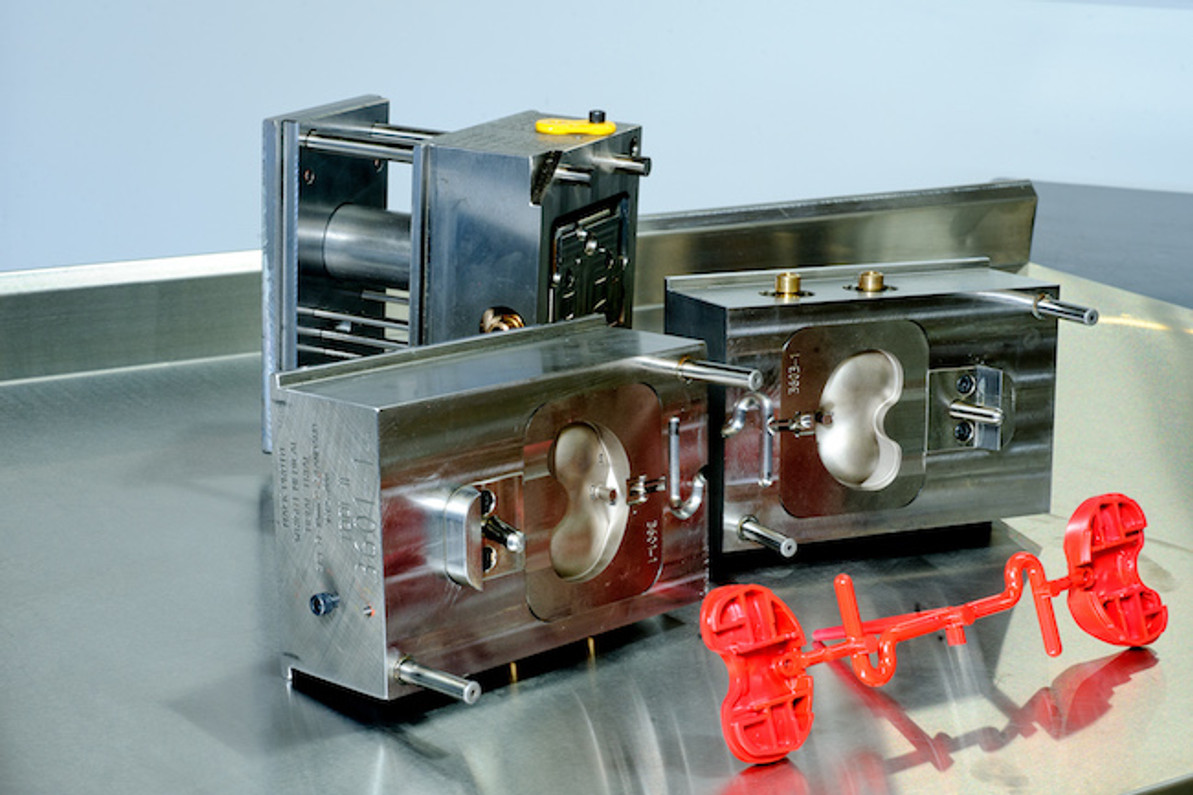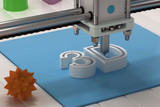3D Printing Vs Injection Moulding
Many advocates of 3D printing claim that 3D printing is a good alternative to injection moulding that requires mould opening. Is this really true? Here we look at the relevant support and objections. Additive manufacturing has had a great impact on manufacturing. Hand pieces that used to cost a few hundred dollars and took a few weeks can now be designed in the morning, printed at night and delivered to customers the next morning.
Some companies are already using the 3D printing process to make injection moulds. It is no longer necessary to spend months waiting for the manufacture of the mould that can be used for production, or due to subsequent design changes that result in a large amount of money invested in the modification of the mould, or in the uncertainty in the layer of production. Whether it is the validation of moulds or the production of injection moulded parts in small batches, you can quickly print 3D moulds. If there is a problem with the mould or if you need to modify the design, print one and repeat the verification or production. Right?
These opinions have some truth. The 3D printed plastic injection mould is a bit like the plastic shed in our backyard. It is cheaper than the metal shed. The plastic shed is built quickly and works well with low load. But if there is too much snow, they will break into pieces of a house.
3D printing moulds have their own place, and some companies have been successful in the application of 3D printing moulds. Proponents claim that 3D printing moulds are up to 90% faster and 70% cheaper than traditional mould processing. In some cases, this may be true, but it is important to understand the advantages / disadvantages of metal moulds compared to 3D printed plastic moulds.
Since there is such a wide range of processing capabilities, why not directly print the mould, but machine the mould?
Some reasons still force them to adhere to a reliable rapid injection moulding process:
1. Surface quality: 3D printing is processed layer by layer to obtain the parts, which will result in a passing effect on the product surface. There are similar problems with directly printed moulds, which require machining or sandblasting to eliminate these small jagged edges.
2 Size factor: if you want to design a skateboard or a plastic toolbox, the 3D printing mould may not be a problem. And despite the high accuracy of current additive equipment, it is not yet comparable to EDM machining centres and equipment.
3. High temperature environment: to ensure good material flow performance, the injection mould must be heated to a very high temperature. Aluminium and steel moulds typically experience temperatures of 500 F (260 ° C) or more, especially in high temperature plastics such as PEEK and PEI (Ultem) materials. It is easy to produce thousands of pieces with these metal moulds, and it can also be used as a transition mould before the final mass production mould comes out.
4. Cost of comparison: The great reason to use 3D printing moulds is its low cost. Production grade machining moulds generally cost $ 20,000 or more, which means they are comparable to $ 1,000 printing moulds. But this analogy is unfair, and the cost of printing moulds is generally only considered for material consumption, regardless of labour, assembly and installation, injection systems and hardware. For example, 3D printed aluminium mould costs $ 1,500 for production.
5. Product design: the principle and practice of the traditional manufacture of injection moulds has been more than a century of history, the industry is a relatively thorough investigation. The 3D printing mould is very new.
Recent Posts
-
Best Computer Screens for Home and Office
Computer display screens, often referred to simply as monitors, have undergone a remarkable evolutio …27th Dec 2023 -
Unleashing Creativity Down Under: The Best 3D Printing Filament Options in Australia
Australia has become a hub for creativity and innovation, and 3D printing is no exception. With an …3rd Jun 2023 -
How is 3D Printing Technology enhancing the Advertising Industry?
3D printing, or additive manufacturing, is the process of using digital files to create three- dime …8th May 2023

 FREE SHIPPING ON ORDER OVER $75
FREE SHIPPING ON ORDER OVER $75
 LOYALTY PROGRAM
LOYALTY PROGRAM
 SHIPPING WORLDWIDE
SHIPPING WORLDWIDE



